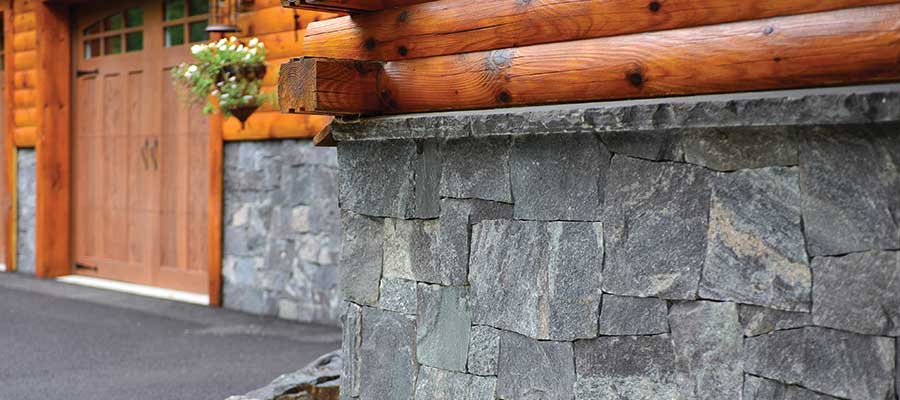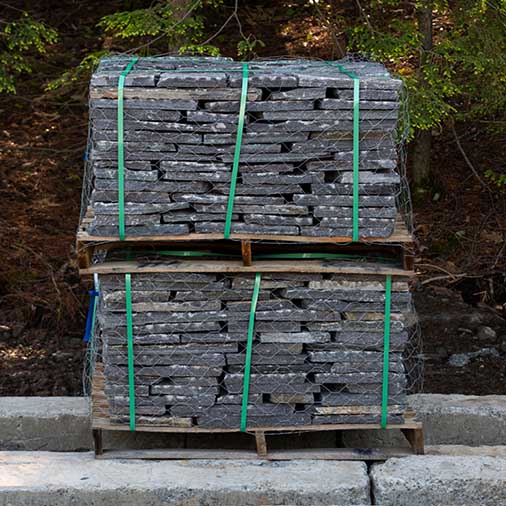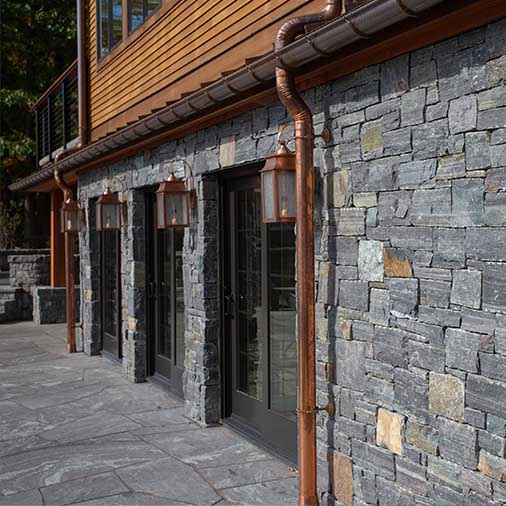When it comes to architectural design, the choice of siding for a building is far more than just an aesthetic decision. Architects are tasked with ensuring that buildings are not only visually appealing but also structurally sound, safe, and durable. This is where the importance of strength and durability in siding materials, like Green Mountain Veneer’s natural thin stone veneer, becomes paramount.
The Role of Siding in Building Integrity
The siding of a building is essentially its skin. It serves several crucial functions, from protecting the internal structure from environmental elements to defining the building’s aesthetic character. But most importantly, siding plays a vital role in maintaining the structural integrity of a building. Materials that are strong and durable such as natural thin stone veneer can withstand various stresses such as wind, rain, snow, and temperature fluctuations, ensuring that the building remains stable and secure over its lifetime.
Longevity and Cost-Effectiveness
Buildings are meant to last. This longevity is not just a matter of good design but also of selecting the right materials. Durable siding minimizes the need for frequent repairs or replacements, which can be costly and disruptive. By choosing robust and long-lasting materials like thin stone veneer from Green Mountain Veneer, architects can significantly reduce the building’s lifetime maintenance costs, making it more economically viable in the long run.
Protection Against the Elements
One of the primary functions of siding is to protect the building from the elements. Strong and durable materials offer better protection against environmental factors like rain, wind, and extreme temperatures. This protection is critical in preventing water intrusion, which can lead to issues like mold growth and structural damage.
Energy Efficiency
The siding material can also impact a building’s energy efficiency. Materials that are durable and provide good insulation help maintain consistent internal temperatures, reducing the need for excessive heating or cooling. This not only makes the building more comfortable but also reduces energy costs and the building’s carbon footprint.
Aesthetic and Property Value
The visual impact of a building is significantly influenced by its siding. Materials that maintain their appearance over time contribute to the building’s aesthetic appeal and, by extension, its property value. Durable siding, such as our natural thin stone veneer, ensures that the building continues to look good, enhancing its appeal to both owners and potential buyers.
Safety and Regulatory Compliance
In many regions, building codes specify standards for strength and durability, particularly in areas prone to extreme weather or seismic activity. Using siding materials that meet these standards is crucial for the safety of the building’s occupants and for compliance with local regulations.
Conclusion
In architectural design, siding choices carry substantial significance. By incorporating Green Mountain Veneer’s thin stone veneer, architects ensure their buildings are not only durable and strong but also maintain longevity, safety, efficiency, and aesthetic value. By prioritizing these factors in their siding choices, architects ensure that their buildings stand the test of time, both structurally and visually.




